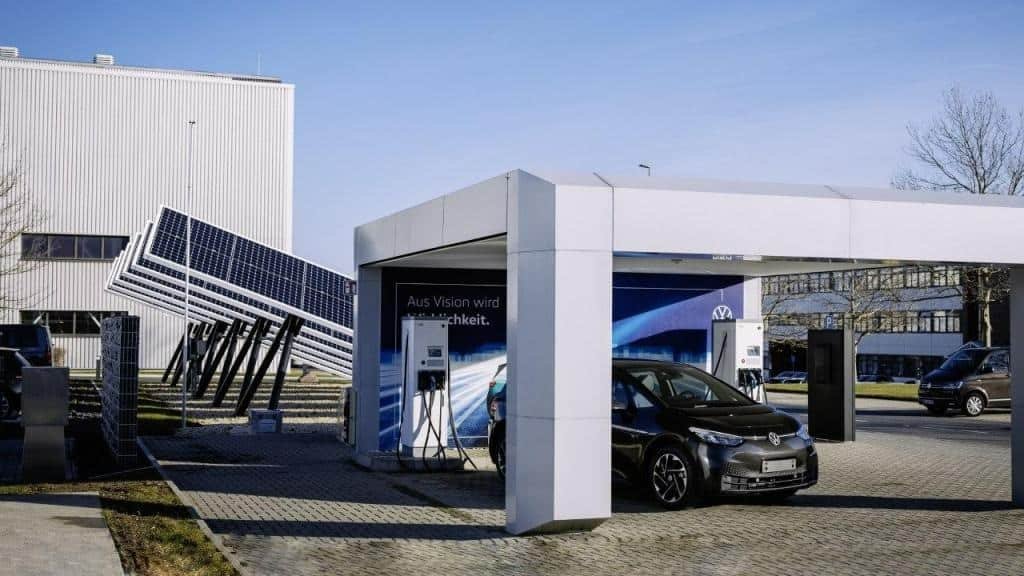The large batteries used in electric vehicles (EVs) are more resistant than those found in our laptops or smartphones. However, they will eventually degrade over time like any other lithium-ion battery. Of course it’s something that nobody likes but the truth is that it’s inevitable. But after all, what kills electric vehicle batteries?
Do you know what kills electric vehicle batteries?
There are many reasons why this happens. However, the truth is that among several explanations there are two main factors that affect the speed at which an EV battery degrades. The age of the battery and the environment and use. The second category includes things like how the electric car is driven, how the battery is charged, how the vehicle is stored and environmental factors like the weather.

Battery Age
Speaking of the first category, degradation due to the age of the battery is inevitable. In fact, all lithium-ion batteries lithium steadily reduce in effectiveness over time. This is also called aging and is a very gradual process. It also doesn’t happen at the same pace, year after year.
Interestingly, batteries have their biggest drop in capacity at the beginning and end of their useful life. There is usually a quick drop at first, which stabilizes once the battery stabilizes. Then comes another drop after a few years. Yet these drops are generally small, between 5-10% of total capacity, even after thousands of kilometers.

But what is the reason for this to happen? Because of the way lithium-ion batteries are built and how they work. Electric car batteries rely on chemical reactions to generate the electrons that power the car’s engine. They generate them using what is called an “active material” to trigger the reaction. In lithium-ion batteries, that material is lithium.
As the battery is used over and over again, some of this lithium is consumed permanently. When this happens over a long period of time, we see a decrease in the total charge the battery can handle because there is not enough active material to generate the same amount of energy.
Environmental and usage factors
It has been proven that environmental factors, especially temperature, affect the proper functioning of an EV battery. In very cold weather, for example, the liquid inside an electric car battery becomes more viscous, slowing down the reactions needed to generate electricity. This means there is less electricity available for the engine to use, so it has less energy to accelerate.

EVs are built with temperature regulation systems to help prevent this from happening. However in extreme weather conditions, it remains a problem to some extent. Corrosion or build-up inside the battery over time can also result in loss of power.
And it’s not just the cold weather. Heat degrades capacity temporarily and can contribute to accelerated capacity loss overall, but the difference in capacity lost between temperate and hot climates is small for EVs.
One electric vehicle After four years in a temperate climate it shows less battery degradation than one in a hot climate.

Relying heavily on fast charging stations will also degrade an EV’s battery life. In fact, car manufacturer Kia attributes 10% loss of capacity over the life of a battery due to these chargers. Fast chargers put a heavy load on the battery in order to channel all that power so quickly. It’s just like what happens with smartphones. This is because the more energy you put into the battery, the more forcefully the electrons and ions move inside the battery cells. This can cause micro damage and extra stress on the battery components, eventually wearing down its capacity when done too frequently.
Use fast chargers sparingly to revive electric vehicle batteries
The majority of manufacturers of electric cars agrees that fast charging should be used “sparingly”. However, there is no proper definition for the expression “in moderation”. A good rule of thumb to follow is to quickly charge as little as possible when it can’t be avoided or on long trips, and stick to level 1 or 2 by charging regularly most of the time.
As long as you are aware that the battery will slowly decrease in capacity over time, you shouldn’t worry too much about degradation. However, you must take this into account to understand that at some point you will not be able to have the same autonomy. As far as complete failure goes, total battery failure is very rare and typically covered by the manufacturer’s warranty.
Some degradation is inevitable, but if you take good care of your battery, it’s likely to maintain most of its range over the life of the car.
Now you know what kills electric vehicle batteries.

 Business1 year ago
Business1 year ago
 Business1 year ago
Business1 year ago
 Entertainment1 year ago
Entertainment1 year ago
 Tech11 months ago
Tech11 months ago












